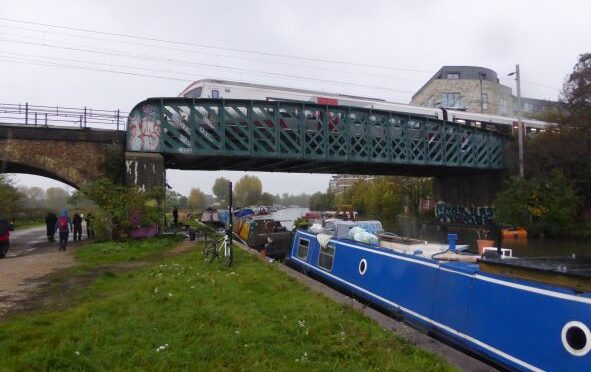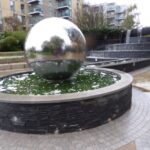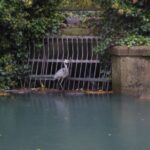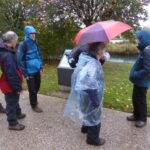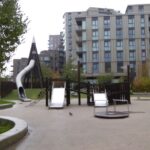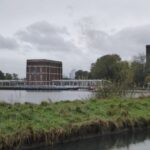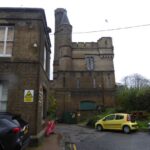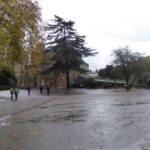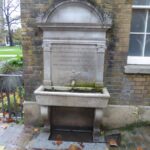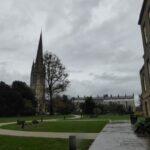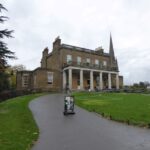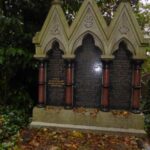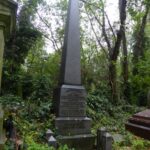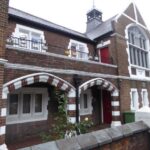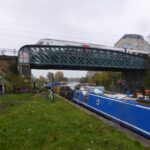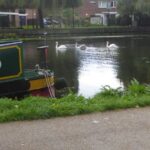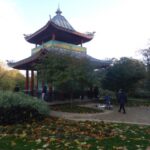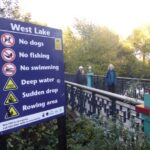We were due to walk the fourth and final part of the Thames Estuary Path that day but a train strike (which was cancelled) and engineering work forced me to rearrange the walk. I had bought a book about the Green London Way in the early 90’s but never used it. I thought a couple of the short walks from the book could provide a good alternative as they start and terminate at TFL stations. The green London Way is a hundred mile walk that circles the capital through its canal tow paths, commons and woodlands. It is similar – but not identical to, the Capital Ring.
The weather was atrocious the morning of the walk and I did not expect many people to turn up. I should have known better. 13 Polyramblers, gluttons for punishment, met me at Finsbury Park station. The first Victorian Park was Finsbury Park. Like all the parks we crossed, it was saved after vigorous public campaigning by wealthy philanthropists, social reformers, the new middle class and the London poor. Finsbury Park was the frequent haunt of duellists and this is commemorated in the mosaic design of crossed pistols on the platforms of the Finsbury Park Underground station. Exiting the park at Manor House, we followed Woodberry Down and then the New River Path in a South Westerly direction. The rain had stopped at that point which was a relief.
We passed The Castle, a large, grade II listed, Victorian pumping station which is now a climbing centre and entered Clissold Park. After a loo stop, we went into Stoke Newington Church Street with its nice shops, cafes, bars and the tardis-like pub, The Auld Shillelagh. We went in Abney Park Cemetery, one of the ‘Magnificent Seven’ garden cemeteries of London. We stopped at the first and second world war memorial and Sir Isaac Watts Monument but did not find the statue of the lion which marks the grave of Frank and Susannah Bostock, famous for travelling the world with an amazing menagerie. We then made our way to Springfield Park where we had lunch. It offers a panoramic view of the Lea Valley.
We made our way down to the river Lea and, as we crossed Horse Shoe Bridge, the heavens opened. We continued walking bravely along the river and Walthamstow Marshes, into the Middlesex Filter Beds Nature Reserve and along the Old Lea. The rain stopped as we crossed Hackney Marshes with its 80+ football pitches – home of the Sunday League – but nobody was playing. We followed the River Lea Navigation for a short while, crossed Mabley Green, and entered Victoria Park. After passing the Chinese pagoda, we came out at Bonner Gate and made our way to Cambridge Heath Overground station where the walk ended.
Dominique. Photos by Stuart

